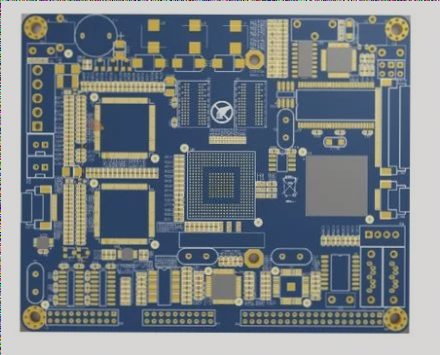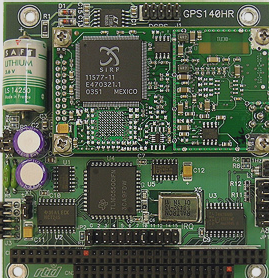PCB Functional Segmentation for Signal Integrity and Interference Minimization
PCB boards are complex systems with various functional subsystems, each comprising devices and supporting circuits. Take a typical motherboard, for instance, which includes areas like the processor, clock logic, memory, bus controller, and more.
It’s crucial to place all devices on the PCB close to each other to maintain signal integrity and reduce interference. With RF energy having different frequency spectra, especially in high-speed systems, preventing interference between different frequency bands is essential.

To tackle this issue, functional division is necessary by physically separating subsystems with different functions on the PCB. Methods like multiple PCB boards and component isolation are common. Proper segmentation enhances signal quality and minimizes interference, requiring engineers to determine component functions.
Functional segmentation involves isolating different areas to separate circuits with distinct functions. The goal is to confine the electromagnetic field within the necessary region. Attention must be given to both conducted and radiated RF energy during this process.
PCB board division serves the purposes of isolation and interconnection. Isolation is achieved by creating “moats” without copper, dividing the PCB into functional “islands.” Channels for connecting lines between areas are essential, which can be done using separate transformers or constructing bridges.
Metal shielding is another effective approach to control energy radiation and enhance the PCB’s anti-interference capabilities during segmentation.


